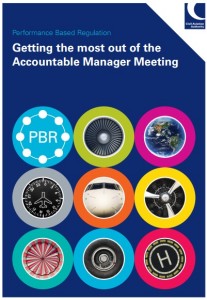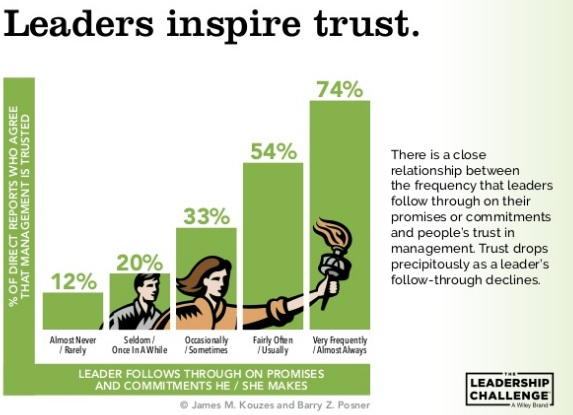Performance Based Oversight (PBO): Accountable Manager Meetings
The UK Civil Aviation Authority (UK CAA) has published a new leaflet on Accountable Manager Meetings (AMMs): CAP1508: Getting the most out of the Accountable Manager Meeting
As the UK CAA focus more on Performance Based Regulation (PBR), and specifically Performance Based Oversight (PBO), AMMs are increasingly a key part of the UK CAA’s approach.
Accountable Manager Meeting Guidance
The aim is to ensure both the regulator and the Accountable Manager (AM) of an approved organisation or regulated entity have “a similar perspective on the major risks facing each entity”. They say:
The key thing is that we have a constructive, two-way dialogue about the business context, safety risks and desired outcomes and importantly have a record of the discussions.
The change from calling these ‘interviews’ to ‘meetings’ may be to encourage more dialogue.
The AM will first be invited to give a short overview of their business and their operational context. The CAA say:
A conversation should follow this around the entity’s performance on managing operational safety risks. This should be informed by our own analysis of their risks…
…in other words what is discussed in the organisation’s own internal reviews.
The CAA say they “want to ensure that Accountable Managers…have a consistent experience” whoever from the CAA meet them. They have therefore developed a set of core questions help guide the conversation:
- What are your top safety risks (current and future)?*
- How did you identify these safety risks?
- How do you assure yourself, as Accountable Manager, that these are your top safety risks?
- What outcomes do you want to see as a result of managing these safety risks?
- What actions are you taking to mitigate or remove the safety risks – and are relevant stakeholders involved?
- Are the outcomes achievable and measurable?
- How do you monitor and check that your actions are working (Plan, Do, Check, Review)?
- What do you do if your actions are not giving the desired outcome?
- How do you share knowledge and lessons learned in your organisation?
* we note with relief that they are not insisting on a arbitrary set number of top risks (a now rather passé fad)
The meeting should also cover:
- Progress against previously agreed actions
- Planned future oversight activity
- Sector risks and total risk trends and issues
- Where possible any other issues raised by the entity
The CAA will produce a record of the meeting, including all agreed actions, outcomes, timeframes, owners and significant discussions.
Other PBR Resources
For more on the general topic of PBR see this 2002 paper from the Harvard John F Kennedy School of Government: Performance-Based Regulation Prospects and Limitations in Health, Safety and Environmental Protection
See also our articles:
- Performance Based Regulation – EASA A-NPA & UK CAA Seminar
- Performance Based Regulation and Detecting the Pathogens
- UK CAA PBR Stakeholder Engagement (CAP1345)
- Safety Intelligence & Safety Wisdom
- High Reliability Organisations (HROs) and Safety Mindfulness
UPDATE 1 March 2017: Safety Performance Listening and Learning – AEROSPACE March 2017
Organisations need to be confident that they are hearing all the safety concerns and observations of their workforce. They also need the assurance that their safety decisions are being actioned. The RAeS Human Factors Group: Engineering (HFG:E) set out to find out a way to check if organisations are truly listening and learning.
The result was a self-reflective approach to find ways to stimulate improvement.
UPDATE 22 March 2017: Which difference do you want to make through leadership? (a presentation based on the work of Jim Kouzes and Barry Posner). Note slide 6 in particular:
UPDATE 25 March 2017: In a commentary on the NHS annual staff survey, trust is emphasised again:
Developing a culture where quality and improvement are central to an organisation’s strategy requires high levels of trust, and trust that issues can be raised and dealt with as an opportunity for improvement. There is no doubt that without this learning culture, with trust as a central behaviour, errors and incidents will only increase.
UPDATE 12 April 2017: See our article: Leadership and Trust
UPDATE 28 July 2018: Performance-based regulations have changed oversight responsibilities: When it comes to regulating the aviation industry, focusing on an organisation’s performance can pay large safety dividends, says Stephanie Shaw, the UK CAA’s Head of PBR.




Recent Comments